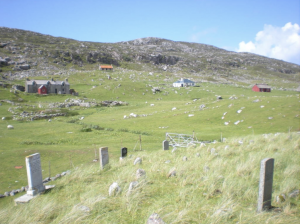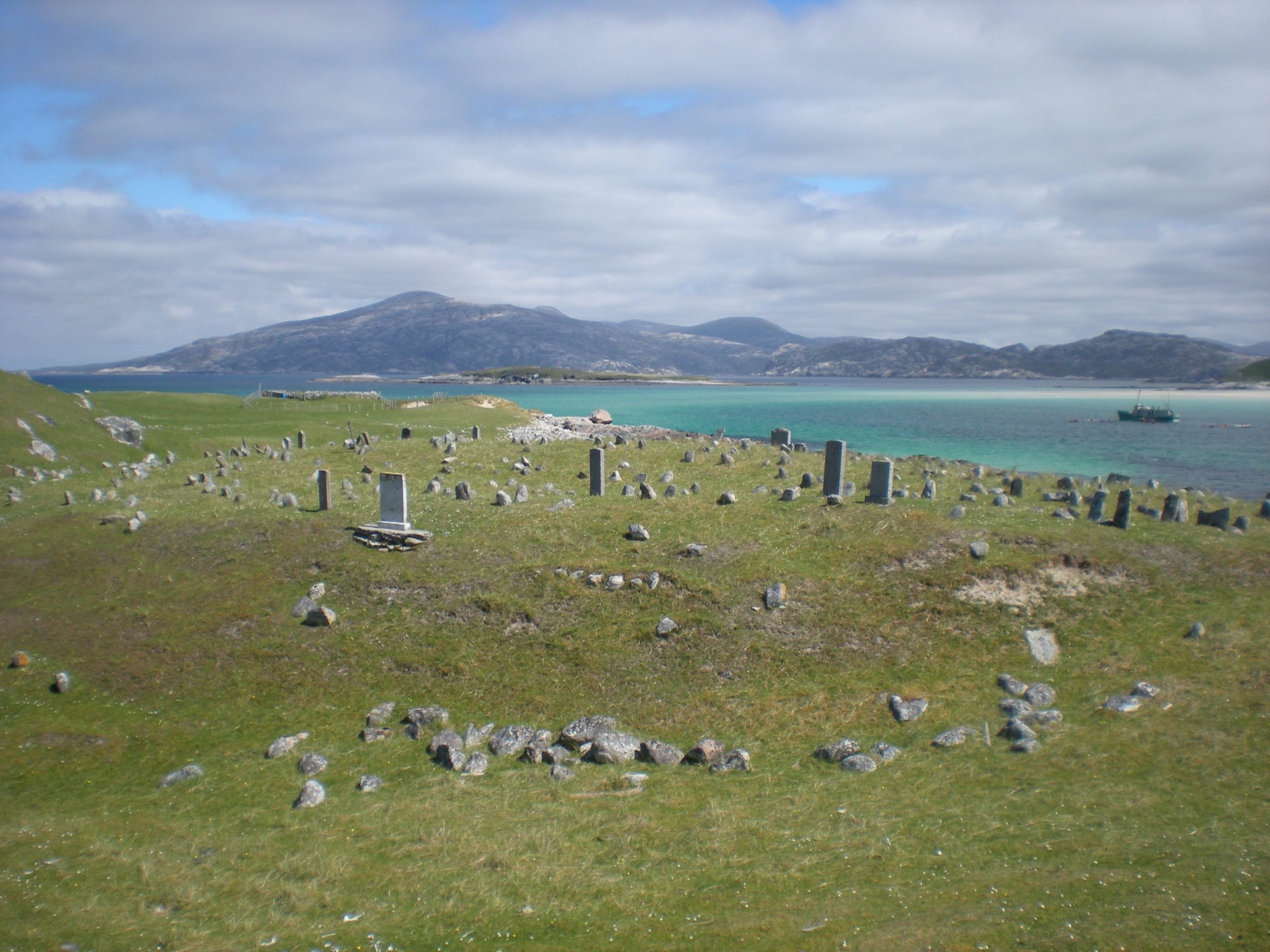 The title for one of the most isolated and loneliest burial grounds in the world must belong to the one on the island of Scarp.
The title for one of the most isolated and loneliest burial grounds in the world must belong to the one on the island of Scarp.
Scarp is an unpopulated island located in the Outer Hebrides of Scotland, west of Hushinish on Harris.
The island was first settled on in 1810 by eight farming families, with its population peaking to 213 people in 1881.
Sharecropping was the most popular way of life, often involving the sharing of cattle and fishing resources.
However, the population on the island declined as there was no harbour which was suitable for all weather conditions alongside limited cultivatable land, which resulted in people moving away.
Even as late as the 1950s, there had been little development to the island’s economy with families relying on their home-grown produce, such as potatoes and turnips, as their daily source of nutrition.
Following the closure of Scarp’s primary school in 1967 and the post office in 1971, the population rapidly declined; and by the end of 1971 the few last permanent residents had moved to the Isle of Harris and the Isle of Lewis.
Some significant monuments still remain on the island today, including the headstones belonging to Scarp burial ground, which is situated on top of one of the island’s grassy cliffs, facing the Atlantic Ocean.
The burial ground, with its smattering of graves, cares for two fallen servicemen who sacrificed their lives in World War One.
Royal Navy Reserve Deck Hand Donald John MacLennan and British Army soldier Pioneer Donald MacLennan are among those laid to rest on the island.
Donald John MacLennan was buried on the island in 1917 following his death on March 18, 1917, when his ship, PS Duchess of Montrose, struck a mine and was abandoned in the vicinity of Dunkirk.
Similarly, Donald MacLennan was entombed on Scarp in 1918 following his death on November 15 of that year.
Members of the Commonwealth War Graves Commission travel to the island by boat every three to five years to ensure the remote graves are maintained and the soldiers’ memories are kept alive.
Whilst the members are there, they clean the graves, paint the stones, and make any further amendments to their plaques.
Furthermore, there are also a handful of other monuments within the burial ground surrounding the two soldiers.
The other graves are not associated with the war and instead belong to the previous inhabitants of the island who lived and worked there throughout the 19th and 20th century.
However, some of these graves differentiate from the servicemen, as, throughout the previous centuries, people on isolated islands, such as Scarp, would place either a boulder or large rock on the grass to commemorate their loved ones as they were unable to afford or source an official gravestone.
Main photo: Scarp burial ground – Iain Anderson, Twitter
Photo above right: Commonwealth War Graves Commission

